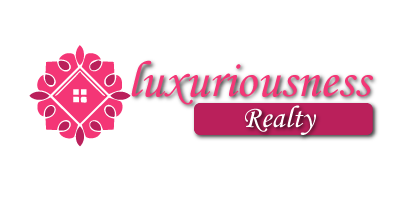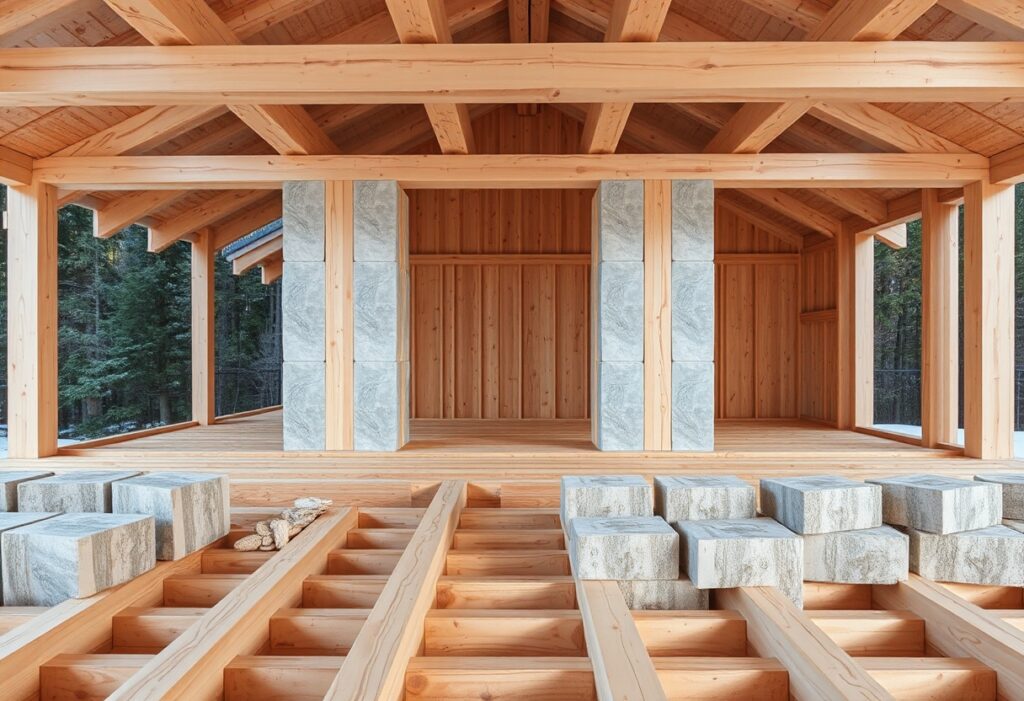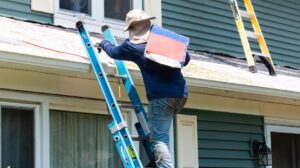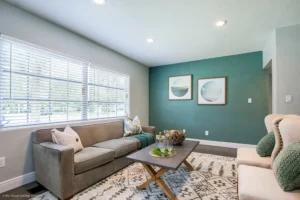Imagine standing in an open field with a dream—building your own home from the ground up. The thought of traditional construction methods, hiring contractors, managing schedules, and ballooning costs can feel overwhelming. But what if there was an easier way? What if you could construct your home, block by block, like building a giant puzzle? This is exactly what one family in Belgium did when they discovered Gablok, an innovative building system allowing individuals to assemble their homes quickly. Within weeks, their dream home stood tall, and what was the cost? Surprisingly affordable compared to conventional methods. Welcome to Gablok, where DIY construction meets affordability, sustainability, and simplicity.
In this article, we will examine the cost of Gablok construction per square foot, explore the benefits of this modular building system, and compare it to traditional construction costs, supported by real-world data and examples.
What is Gablok?
Gablok is a revolutionary construction method that uses insulated, interlocking wooden blocks to build homes. Developed in Belgium by Gabriel Lakatos, Gablok’s modular building system is designed to make construction more accessible, faster, and cost-efficient. The blocks are made from OSB (Oriented Strand Board) and filled with expanded polystyrene (EPS) insulation, offering high thermal performance.
The system operates much like a large-scale building block set. These prefabricated blocks are delivered to the construction site, where the homeowner or contractors can assemble them without needing heavy machinery or specialized skills.
Gablok Cost Per Square Foot: Breaking Down the Numbers
Several factors come into play when evaluating the cost of building with Gablok, including materials, insulation, and labor savings. Based on recent reports from Gablok Belgium, the cost of building with Gablok ranges from $150 to $200 per square foot, depending on the size and complexity of the project. This price includes the insulated blocks, floor and roof panels, and assembly components.
For comparison, traditional construction in the United States averages around $100 to $200 per square foot, according to a report by HomeAdvisor. However, it’s essential to consider that Gablok’s price includes significant labor savings, as homeowners can assemble the structure themselves or with minimal professional help, reducing overall costs by up to 30%.
Why Gablok is More Affordable
One of the primary reasons for Gablok’s affordability is the DIY-friendly assembly process. According to the National Association of Home Builders (NAHB), labor costs can account for 40% to 60% of the total project cost with conventional building methods. With Gablok, homeowners can build their homes themselves, drastically reducing labor expenses.
Moreover, the insulated blocks used in Gablok construction eliminate the need for additional insulation, saving on materials and time. Gablok’s thermal efficiency also saves homeowners long-term energy costs. The U.S. Department of Energy notes that homes built with high-performance insulation can reduce heating and cooling costs by up to 20%, making Gablok a wise choice for environmentally conscious and cost-savvy consumers.
Comparing Gablok to Traditional Construction Costs
Comparing Gablok’s cost-efficiency with traditional building methods is helpful in undersunderstandinglly. The average cost to build a house in the United States ranges from $100 to $500 per square foot, depending on location, materials, and design complexity. A standard 2,000-square-foot home can cost anywhere between $200,000 and $1,000,000.
In contrast, a similar home built using Gablok’s modular system would cost between $300,000 and $400,000, based on the average $150 to $200 per square foot estimate. The cost savings largely stem from reduced labor, faster assembly time, and pre-insulated blocks, which streamline the construction process.
A 2022 study by Fixr.com found that prefabricated homes, including those built using modular systems like Gablok, can save homeowners up to 20% in construction costs compared to traditional methods. This is largely due to the reduction in waste and labor and the shorter construction timelines associated with prefabricated systems.
The Benefits of Gablok: Efficiency, Sustainability, and Durability
Beyond its affordability, Gablok offers a range of other benefits that make it an attractive option for modern homeowners:
- Energy Efficiency: Gablok’s insulated blocks have high thermal resistance (R-value), significantly reducing heat loss and lowering energy bills. Homes built with Gablok blocks can achieve energy savings of up to 30%, according to data from Energy Star.
- Sustainability: Gablok is committed to eco-friendly construction. The blocks are made from FSC-certified wood and contain recyclable polystyrene insulation. Additionally, the system’s modular nature results in less material waste, further reducing the environmental impact of construction.
- Durability: Gablok homes are built to last. The OSB used in the blocks is known for its strength and resistance to warping, while the polystyrene insulation protects against moisture and pests. This combination of materials ensures that Gablok structures are both durable and low-maintenance.
The Gablok Building Process: Faster and Simpler
One of Gablok’s most appealing aspects is its speed of construction. Traditional construction projects can take anywhere from six months to two years, depending on the scope and scale of the project. However, homes built with Gablok’s system can be completed in as little as a few months, significantly reducing the time and effort required.
The interlocking blocks are pre-cut and numbered, making assembly straightforward and efficient. Most homeowners can assemble their home’s structure within one to two weeks, with additional time required for finishing touches like roofing, plumbing, and electrical work.
According to Gablok’s internal data, customers who opt to assemble their homes typically save up to 40% on labor costs, a significant reduction compared to traditional construction methods.
Is Gablok the Future of Homebuilding?
As consumers continue to look for more cost-effective, sustainable, and efficient ways to build homes, systems like Gablok are gaining traction. The rising cost of traditional construction materials and labor shortages in many regions have made modular building systems like Gablok an attractive alternative for homeowners looking to save time and money.
A report from McKinsey & Company forecasts that the market for modular construction could grow by 5% to 10% annually, driven by the increasing demand for affordable housing and sustainable building practices.
Conclusion
Gablok represents a groundbreaking shift in the construction industry, offering homeowners an affordable, sustainable, and efficient way to build their dream homes. Gablok is an innovative solution for those looking to develop a modern, eco-friendly home with a Gablok cost per square foot that competes with traditional building methods while providing significant savings in labor and long-term energy efficiency.
Whether you’re a first-time homeowner or an experienced DIY enthusiast, Gablok’s modular system simplifies the building process while delivering high-quality, durable results. As the demand for sustainable housing grows, systems like Gablok are poised to become a leading choice in the future of home construction.
You may also read
Who makes Criterion appliances






